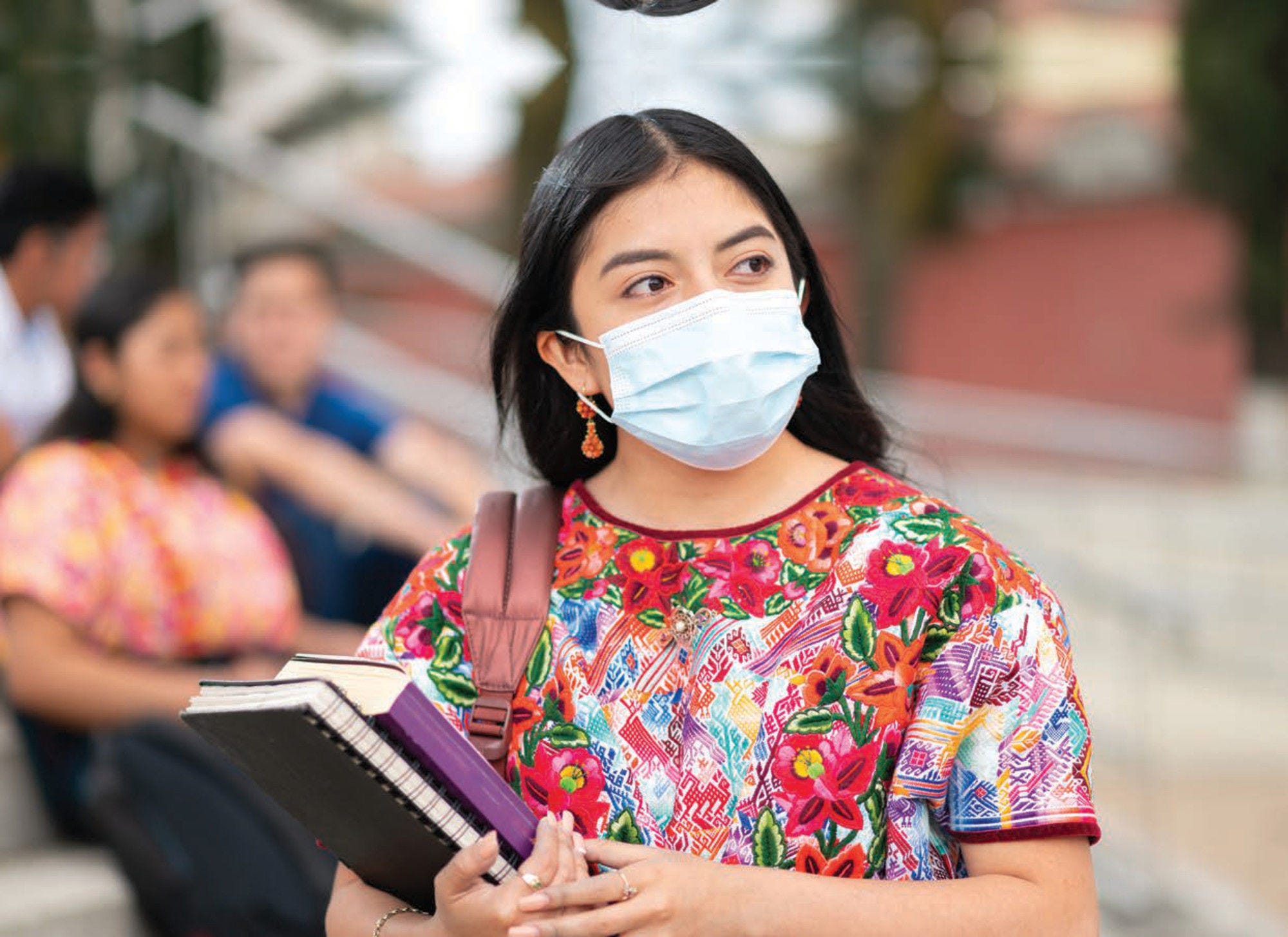The level and trend of health spending in a country can be explained by demographic, social, and economic factors, but also by the financing and organisational arrangements of the health system.
The average OECD current health spending per capita in 2019 was around four times that of LAC countries (USD PPP 3 999 versus 1 155). A wide variation in per capita healthcare spending levels can be observed in LAC (Figure 6.1), ranging from Haiti’s health spending per capita of only 143 international dollars (current USD PPP) to Cuba’s 2 548 international dollars (current USD PPP). On average, 60% of health spending in LAC countries comes from government and compulsory insurance schemes, while the remaining 40% is covered by out-of-pocket payments, voluntary payment schemes, and external resources. In contrast, government and compulsory insurance schemes in OECD countries are responsible for 77% of health spending.
On average, between 2010 and 2019, the growth rate in per capita health spending was 4.9% per year in LAC, higher than the 3.1% observed for the gross domestic product (GDP) (Figure 6.2). The growth in health spending was more rapid in Bolivia, Panama and Guyana – more than twice the average rate for the region. Venezuela reported decreasing rates in current health spending between 2010‑19.
Overall health spending growth and economic performance can explain how much countries spend on healthcare over time. Current health expenditure accounted for 6.9% of GDP in the LAC region in 2019, an increase of around 0.5 percentage points from 2010. The OECD countries averaged a current health expenditure of 8.5% of the GDP in 2019. This indicator varied from 4.3% in Saint Lucia to up to 11.1% in Cuba and 9.7% in Suriname (Figure 6.3). Generally, the richer a country is, the more it spends proportionally on health. Between 2010 and 2019, the share of health in relation to GDP declined by 1.5 percentage points in Venezuela, whereas it increased by 4.7 percentage points in Suriname and 2.6 in Chile.
As a proportion of GDP, Panama and Bolivia were the highest spenders on capital investment in 2019, with more than 0.8% of their GDP going on construction, equipment, and technology in the health and social sector (Figure 6.4). However, capital spending can be significantly lower: in Cuba, Bahamas, Honduras and Antigua and Barbuda accounted for less than 0.1% in 2019. On average, capital investments represent 0.3% of GDP across LAC, compared to 0.4% in OECD countries in 2019.




